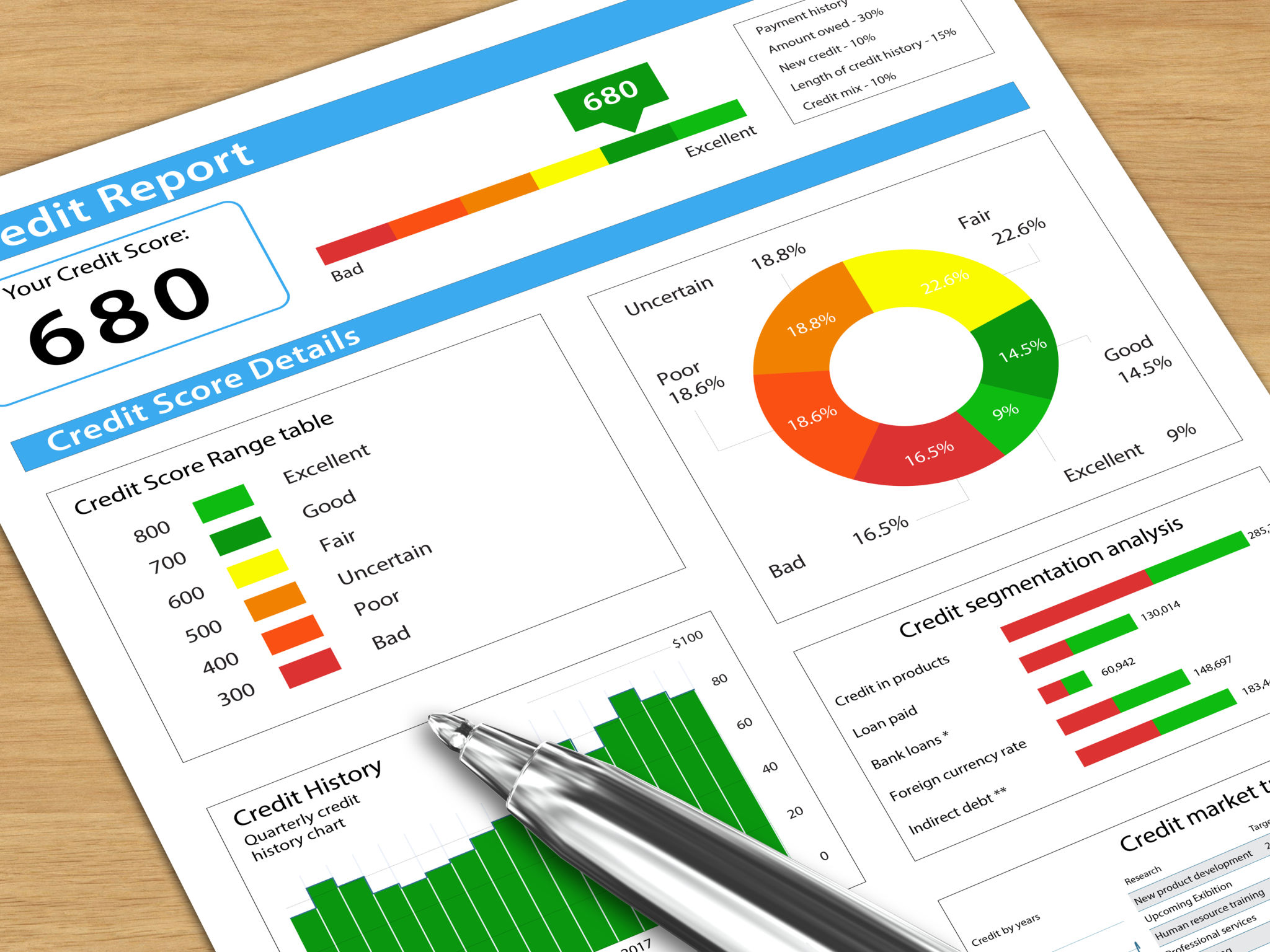Myths and Facts About Lending: What Borrowers Really Need to Know
Introduction to Lending Myths
Navigating the world of lending can be daunting, especially with the plethora of myths that surround this financial domain. Many potential borrowers find themselves overwhelmed by misinformation, which can lead to costly mistakes. Understanding the truth behind these myths is crucial for making informed decisions.

Myth 1: Only People with Perfect Credit Scores Get Loans
One common misconception is that only individuals with perfect credit scores can secure a loan. While having a high credit score certainly helps, it is not the sole criterion lenders consider. In reality, lenders evaluate a variety of factors such as income stability, debt-to-income ratio, and employment history. Even those with less-than-perfect credit can often find lending options tailored to their circumstances.
The Role of Credit Scores
Credit scores are an important part of the lending process, but they are not the be-all and end-all. Lenders use credit scores to assess risk, but they also look at other elements like payment history and existing credit lines. Therefore, it's possible to qualify for a loan even if your score isn't perfect.

Myth 2: Pre-Qualification Means Guaranteed Approval
Another widespread myth is that pre-qualification equates to guaranteed loan approval. Pre-qualification is typically an initial assessment based on self-reported information and a soft credit check. It provides an estimate of what you might be eligible for but is not a commitment from the lender.
The Difference Between Pre-Qualification and Pre-Approval
Pre-qualification should not be confused with pre-approval, which involves a more detailed examination of your financial situation. Pre-approval requires verification of income, assets, and creditworthiness, offering a more accurate representation of what a lender might offer.

Myth 3: The Lowest Interest Rate is Always the Best Option
Borrowers often chase the lowest interest rates, assuming they automatically represent the best deal. However, the lowest rate doesn't always equate to the best loan. It's essential to consider other factors like loan terms, fees, and the lender's reputation before making a decision.
Evaluating the Total Loan Cost
When comparing loans, examine the Annual Percentage Rate (APR), which includes both the interest rate and additional fees. This provides a comprehensive view of the loan's cost over time. Additionally, consider any prepayment penalties or hidden charges that might affect the overall expense.

Myth 4: All Lenders Are Essentially the Same
Many borrowers mistakenly believe that all lenders offer similar products and terms. In reality, lenders vary significantly in their offerings, customer service, and flexibility. It is important to shop around and compare different lenders to find one that best suits your needs.
The Importance of Choosing the Right Lender
Selecting a lender involves more than just finding a low interest rate. Consider factors such as customer service quality, responsiveness, and transparency. Reading reviews and seeking recommendations can also provide valuable insights into a lender's reliability.
Conclusion
Understanding the myths and facts about lending is essential for any borrower looking to make informed decisions. By demystifying common misconceptions and educating yourself about the lending process, you can secure better terms and avoid potential pitfalls. Remember to research thoroughly and consider all aspects of a loan before committing.